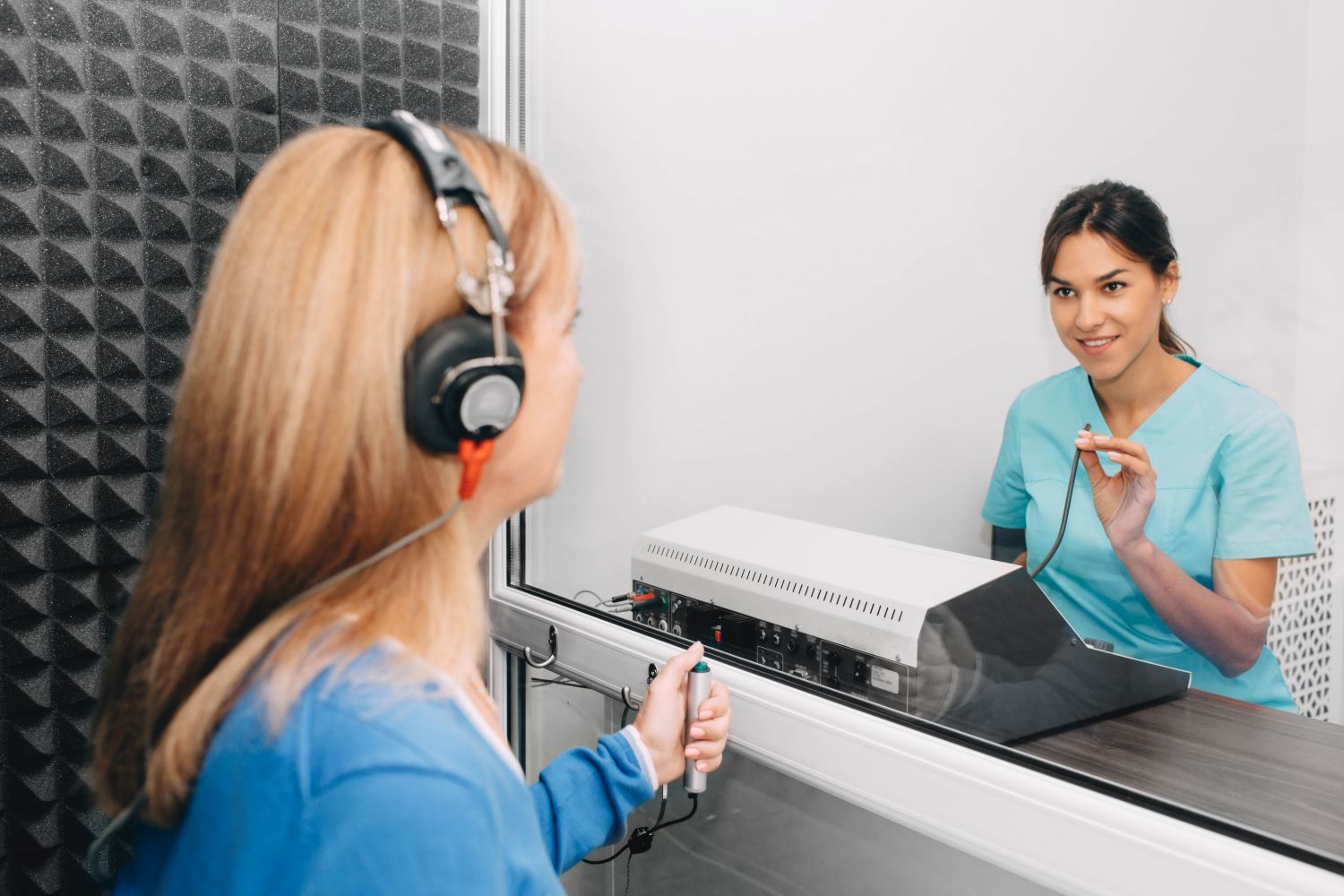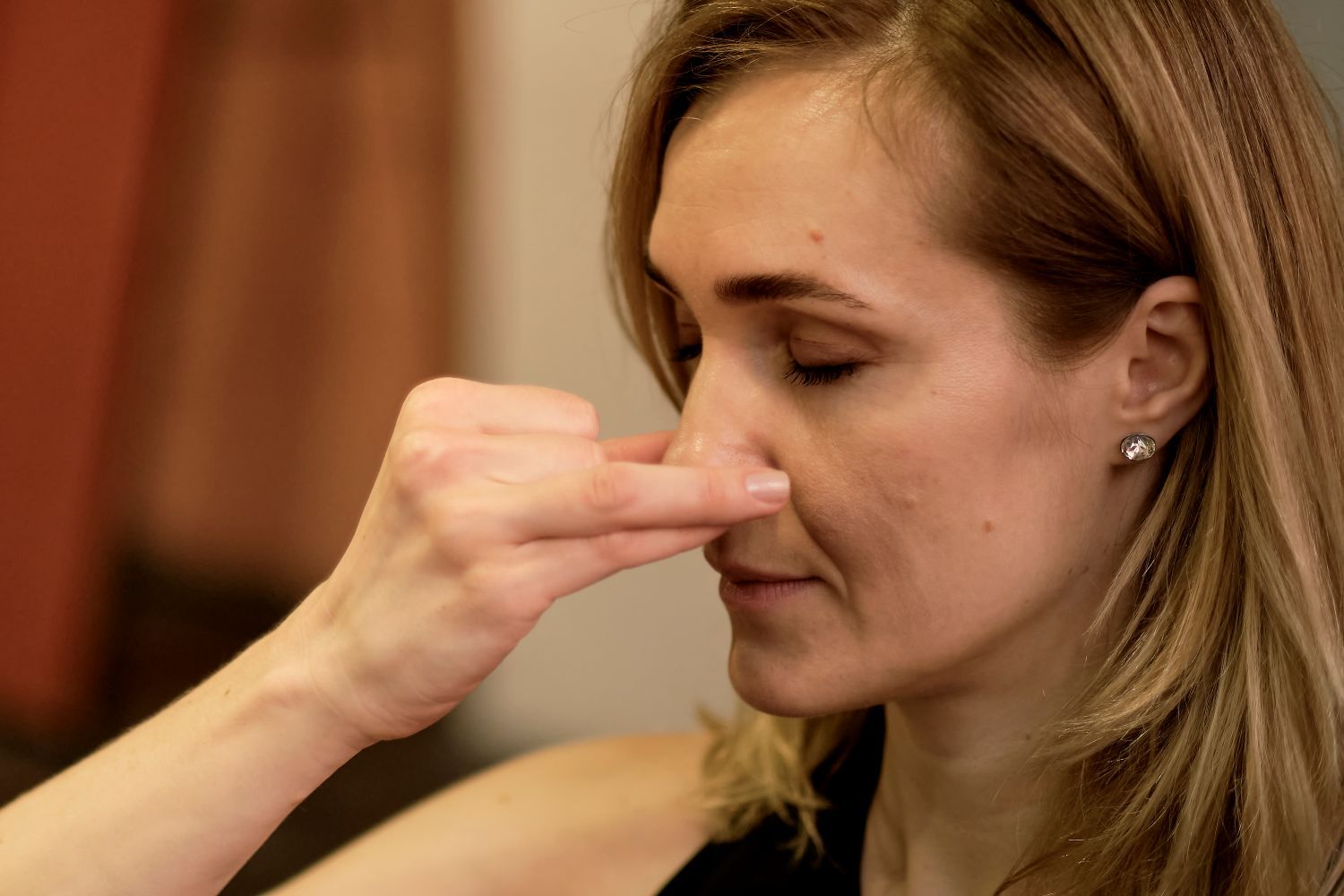4 Ways to Get Rid of Postnasal Drip
Are you tired of that tickle in the back of your throat that causes you to cough, or do you have to clear your throat all the time? Post-nasal drip is a common diagnosis that can occur for a variety of reasons including allergies, viral infections such as the common cold, sinus infections, or air pollutants.
If your post-nasal drip symptoms persist, you should consult a doctor. However, there are numerous post-nasal drip cures to explore before getting to that point. Check out these four simple ways to get rid of postnasal drip.
1. Hydrate, Particularly with Hot Fluids
Drink plenty of drinks to help thin down mucus. Mucus that is thinner can pass more easily through your nasal cavities. Fluids will also help to moisten your nasal lining. Hot beverages, such as tea or soup, are the best option. The heat from these beverages will help reduce your mucus.
Avoid caffeinated beverages such as coffee, caffeinated tea, and soda. Caffeine has a diuretic effect, which may raise your chances of being dehydrated.
2. Steam Inhalation
By thinning mucus, steam inhalation can help relieve postnasal drip. The steam will also moisten your nose and throat, making it easier for mucus to pass through.
During a hot shower or bath, you might inhale the steam. Another possibility is to use steam inhalation therapy:
● Fill a big heat-safe (like stainless-steel) bowl halfway with hot water.
● Wrap a towel around your head.
● Hover your face 8 to 12 inches above the water. Don't touch the water directly.
● Inhale slowly and deeply. Continue for another 2 to 5 minutes. Do this twice a day.
3. Nasal Irrigation
Nasal irrigation—the use of a sterile salt-water rinse to clear the nasal passages—may help minimize post-nasal drip in individuals with chronic sinusitis and allergies, especially when using larger quantities of saline as with syringes, squeeze bottles, and neti pots.
Tilt your head to the side and lower your head so that your sinuses are lower than your throat. Put the spout of the neti pot into one nostril and slowly pour the saline into one side of the nose, allowing it to flow out the other. In your neti pot, never use tap water or any other non-sterile liquid.
4. A Saltwater Gargle
Gargling with warm salt water may aid in the removal of mucus from the back of the throat and the relief of a sore throat. Gargling with salt water, like utilizing saline to wash our sinuses, can help to moisten our tissues with a fluid similar to our body's natural salinity.
Add 1 teaspoon of salt to 8 fluid ounces (1 cup) of lukewarm water and gargle it. By using salt water, the water doesn't have to be sterile.
Postnasal Drip: When to Seek Further Treatment
If your symptoms do not improve after 1 to 2 weeks of adopting precautionary steps, you should see a doctor. They can assist you in determining the source of your postnasal drip and may prescribe a different medication or other measures to take.
At ENT Medical and Surgical Group, we care about your health and want you to have a pleasant experience with us. If several days have passed and your postnasal drip hasn't improved, feel free to contact us to schedule an appointment.













